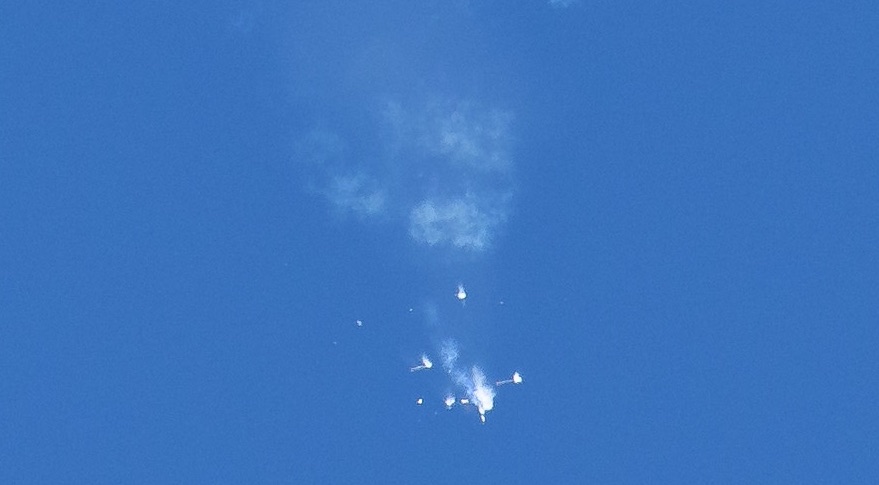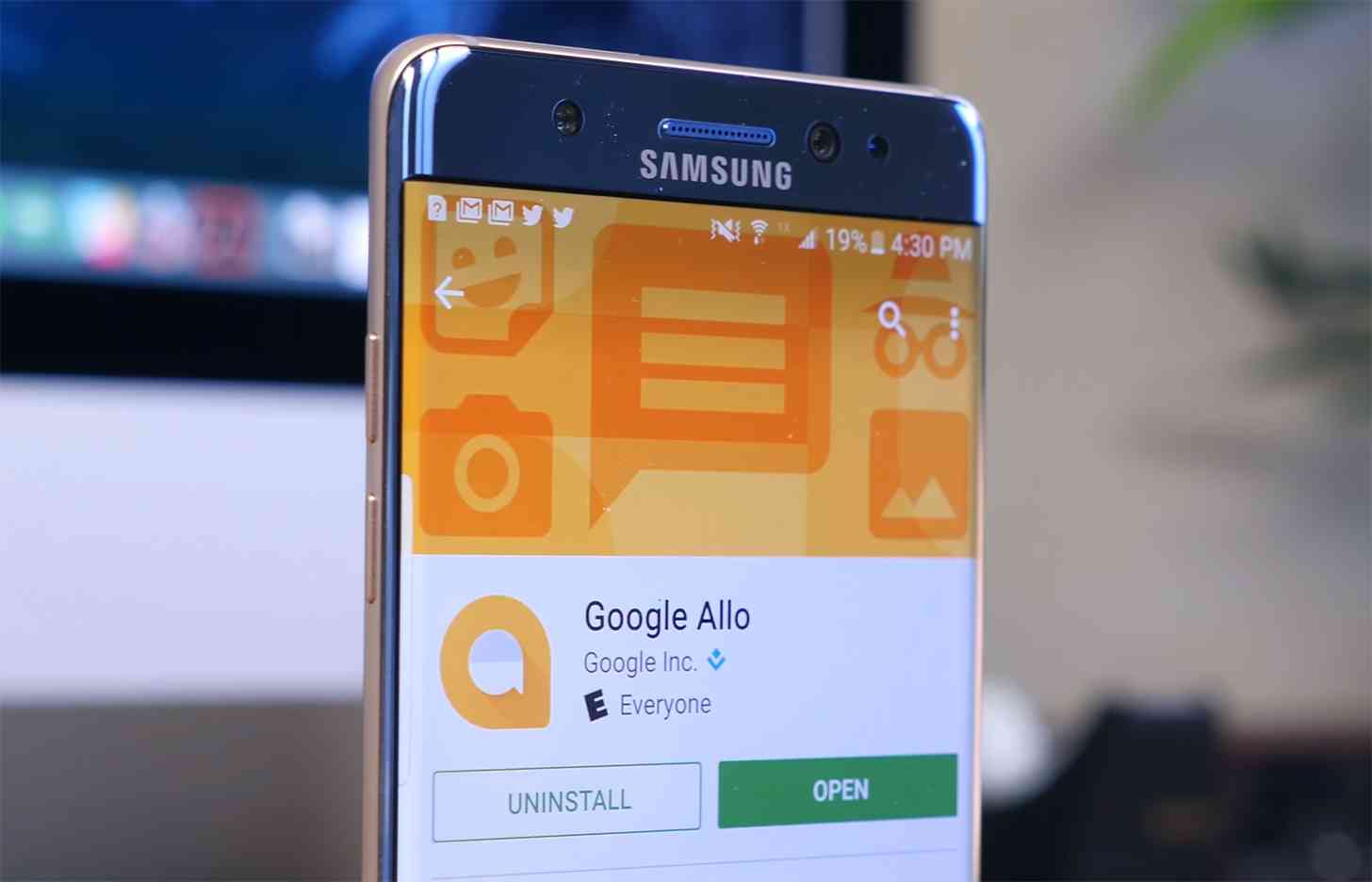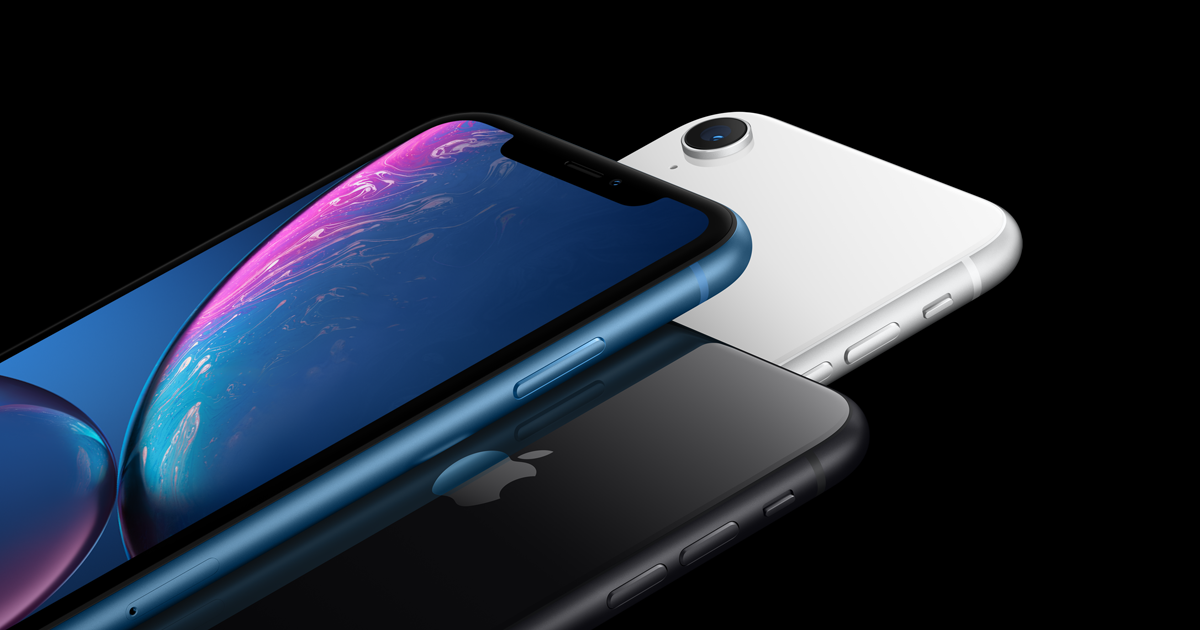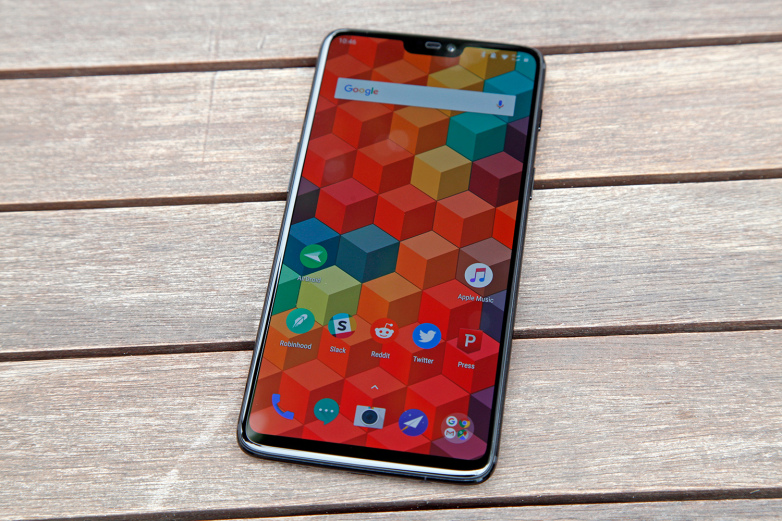
After the Soyuz MS-10 spacecraft was unable to deliver two astronauts to the International Space Station, the station doesn’t have enough crew members. As Roscosmos is investigating the Soyuz-FG incident, NASA is evaluating other options that may allow them to safely send astronauts to the ISS.
A state commission was formed by Roscosmos after the mission was aborted due to technical problems. Initial reports show blame a booster failure, as one of the four strap-on boosters failed to separate from the central booster. The faulty booster also struck the core booster, leading to an engine failure and the immediate abort of the mission due to safety concerns.
Since NASA and the other space agencies around the world don’t have an active shuttle program, they have to wait until the exact cause of the malfunction is identified and dealt with. Another problem is the fact that the Soyuz spacecraft currently docked to the station can only spend a maximum of 200 days in space.
The limitation is caused by the hydrogen peroxide used for the landing thrusters. Spending too much time in space will cause it to decompose into gaseous oxygen and hydrogen. This will lead to bubbles appearing the liquid fuel used by the thrusters, compromising the landing system.
As the MS-09 was launched in June, it can safely remain in space until the end of December. Before the MS-10 incident, the MS-09 spacecraft was planned to leave the station on December 13, a week before the MS-11 launched planned for December 20.
During that week, two astronauts would have been alone on the space station. It seems that the station may remain empty at least for a while, but NASA is already exploring alternate possibilities.
The first possibility implies that the Soyuz-FG will be repaired and certified before the MS-09 becomes unusable. Since several Soyuz missions are already planned, the Soyuz booster may be re-certified.
A cargo mission using the same Soyuz-FG rocket is also planned before the Soyuz MS-11 mission, which suggests that a result of the investigation will be available soon.
The MS-09 was part of another incident in August, when pressure like was found while it docked at the station. That event is still under investigation but it doesn’t pose any treat when it comes to a possible return to Earth.
Another possibility would be to send an unmanned Soyuz booster. This would allow an empty Soyuz MS-11 to reach the station and dock by using remote controls. This would allow the MS-09 spacecraft to return to Earth, while MS-11 takes its place emergency return ship, while a future MS-12 ship will take the crew home at some point.
If MS-11 cannot be launched successfully, the remaining astronauts will have to return with theMS-09 before the time limit expires, leaving the space station unattended. During a press release it was stated that the ISS can be remotely controlled for a long period of time, as ground control would not pose any severe technological limitations. Such an event would have a symbolic significance, as the station was constantly inhabited since the first mission arrived back in 2000.
As a back-up plan, engineers could extend the time spent by the MS-09 in space, but the quality loss of the hydrogen peroxide cannot be traced safely, which makes an extension unlikely. It is mandatory for the ISS to have an emergency evacuation vehicle available at all times, which means that delaying the booster and the limited lifespan of the MS-09 will force the astronauts to return back to Earth leaving the station empty.
Launching SpaceX’s Dragon Crew and Falcon 9 in December would be a viable alternative, but that would imply accelerated safety tests, as they are currently planned for a January 2019 as some safety inspections need to be done before they are officially cleared.
NASA is currently focusing on keeping the astronauts safe while it explores all the possibilities listed above.
Agnes is a technical writer, being in touch with reports to come up with the latest tech leaks.






